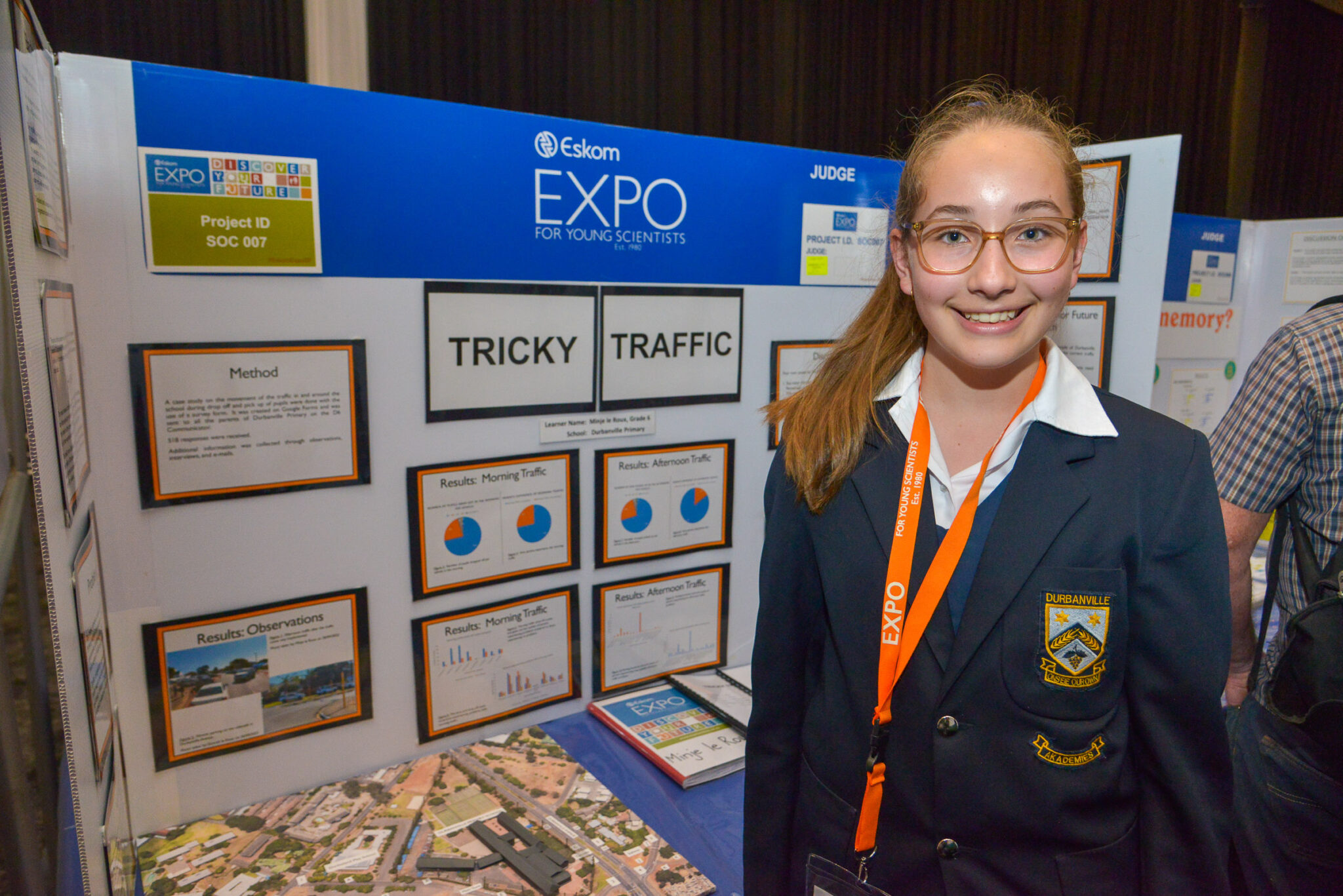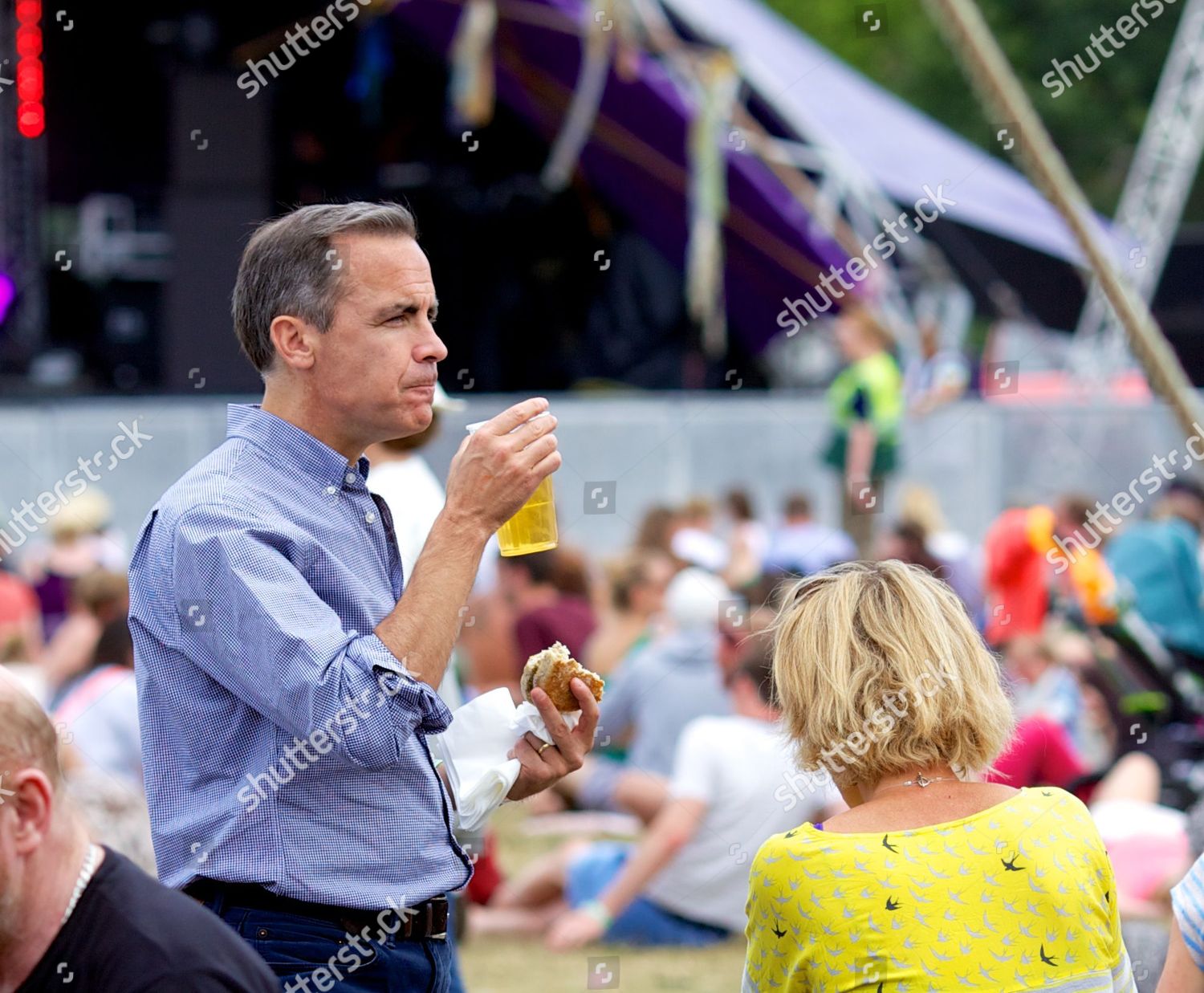Darjeeling Traffic Congestion: Causes And Solutions

Table of Contents
Darjeeling, the Queen of the Hills, is renowned for its breathtaking views, lush tea plantations, and captivating culture. However, this charming hill station faces a growing challenge: severe traffic congestion. The influx of tourists and a corresponding increase in vehicles are increasingly straining the town's infrastructure, leading to significant disruptions and impacting the quality of life for residents. This article delves into the root causes of Darjeeling's traffic congestion and explores potential solutions to alleviate this pressing issue, paving the way for a more sustainable and enjoyable experience for both locals and visitors.
Causes of Darjeeling Traffic Congestion
Increased Tourism
Darjeeling's popularity as a tourist destination is a double-edged sword. While it boosts the local economy, the surge in vehicles, particularly during peak seasons (like the spring and autumn months), overwhelms the existing road network. This leads to significant traffic jams, especially around popular attractions like the Tiger Hill and the Himalayan Mountaineering Institute.
- Lack of adequate parking facilities: The limited parking spaces available force many drivers to park haphazardly, further obstructing traffic flow.
- Poorly planned tourist infrastructure: The absence of well-defined routes and designated tourist drop-off points contributes to congestion bottlenecks.
- Seasonal influx: The unpredictable nature of tourist arrivals makes it challenging to implement effective traffic management strategies. This is particularly challenging during festivals and long weekends.
Inadequate Infrastructure
Darjeeling's unique hilly terrain presents significant infrastructure challenges. The narrow roads, many of which are unsuitable for the volume of current traffic, are a major contributor to congestion.
- Limited road expansion possibilities: Expanding roads in a hilly area is expensive and environmentally sensitive, posing significant hurdles to improving road capacity.
- Poor road maintenance: Deteriorating road conditions due to insufficient maintenance lead to further bottlenecks and delays, adding to the overall traffic congestion.
- Lack of efficient public transportation: The existing public transport system is often inadequate, forcing many people to rely on private vehicles, exacerbating the problem. This lack of efficient alternatives contributes to Darjeeling road congestion.
Unplanned Urbanization
Rapid urbanization in Darjeeling has outpaced the development of adequate infrastructure, leading to unplanned growth and increased traffic congestion.
- Increased number of private vehicles: The rising affluence and accessibility of private vehicles have resulted in a significant increase in the number of vehicles on the roads.
- Lack of pedestrian-friendly infrastructure: The absence of dedicated pedestrian walkways and safe crossings forces pedestrians to compete with vehicles for space, leading to chaotic conditions and hindering smooth traffic flow. This is particularly concerning in a popular tourist destination like Darjeeling.
- Insufficient parking spaces: The lack of dedicated parking zones forces vehicles to park indiscriminately, blocking roads and impeding traffic movement.
Lack of Traffic Management
Inefficient traffic management further contributes to the problem. The current systems are often overwhelmed by the volume of traffic.
- Inefficient traffic signal systems: Poorly timed or malfunctioning traffic signals create unnecessary delays and contribute to congestion.
- Absence of proper traffic regulations enforcement: Weak enforcement of traffic rules leads to haphazard parking and reckless driving, hindering smooth traffic flow.
- Insufficient number of traffic police personnel: A shortage of traffic police personnel makes it difficult to effectively manage traffic, especially during peak hours.
Solutions to Alleviate Darjeeling Traffic Congestion
Improved Public Transportation
Investing in efficient and affordable public transportation is crucial to reducing reliance on private vehicles.
- Enhanced Bus Systems: Introducing modern, frequent bus services with clearly defined routes and schedules can significantly reduce the number of private vehicles on the roads.
- Cable Car/Ropeway Systems: Developing cable car or ropeway systems can provide an alternative mode of transportation, particularly for tourists visiting popular hilltop attractions, thereby easing traffic congestion on roads.
- Promoting Electric Vehicles: Encouraging the adoption of electric vehicles can improve air quality and contribute to a more sustainable transportation system.
Smart Traffic Management Systems
Implementing intelligent traffic management systems can significantly improve traffic flow.
- Intelligent Traffic Signals: Installing adaptive traffic signals that adjust to real-time traffic conditions can optimize traffic flow and reduce delays.
- Traffic Monitoring Technology: Using technology to monitor traffic flow in real-time and identify congestion hotspots allows for proactive intervention and efficient resource allocation.
- Improved Signage & Road Markings: Clear and well-maintained road signage and markings can improve driver awareness and facilitate smoother traffic flow.
Sustainable Urban Planning
Sustainable urban planning strategies are vital for managing future growth and mitigating traffic congestion.
- Designated Parking Areas: Creating designated parking areas outside the city center can help reduce congestion in the main town area.
- Pedestrian-Friendly Zones: Developing pedestrian-friendly zones and cycling infrastructure encourages alternative modes of transportation, reducing the number of vehicles on the roads.
- Shared Mobility Services: Promoting shared mobility services like carpooling and ride-sharing can optimize vehicle usage and reduce traffic volume.
Stricter Enforcement of Traffic Regulations
Effective enforcement of traffic regulations is crucial for maintaining order and improving traffic flow.
- Increased Police Presence: A visible police presence can deter reckless driving and encourage adherence to traffic rules.
- Penalties for Violations: Implementing stricter penalties for traffic violations can discourage irresponsible driving and promote compliance.
- Public Awareness Campaigns: Launching public awareness campaigns to educate drivers and pedestrians on traffic rules and safe road practices can contribute to improved road safety and traffic flow.
Conclusion
Darjeeling's traffic congestion is a multifaceted problem stemming from increased tourism, inadequate infrastructure, unplanned urbanization, and inefficient traffic management. Addressing this requires a comprehensive and integrated approach encompassing improved public transport, smart traffic management systems, sustainable urban planning, and stringent traffic law enforcement. By implementing these solutions, Darjeeling can balance its vibrant tourism industry with the well-being of its residents, creating a more efficient and enjoyable experience for everyone. Let's work together to find lasting solutions for Darjeeling traffic congestion and preserve the unique charm of this hill station for generations to come.

Featured Posts
-
 Did Anna Kendrick Diss Blake Lively At A Simple Favor Screening
May 04, 2025
Did Anna Kendrick Diss Blake Lively At A Simple Favor Screening
May 04, 2025 -
 Contrato Da Consultoria De Fred Luz Com O Corinthians Rescindido
May 04, 2025
Contrato Da Consultoria De Fred Luz Com O Corinthians Rescindido
May 04, 2025 -
 Gary Mar On Mark Carney Prioritizing Western Canadas Economic Growth
May 04, 2025
Gary Mar On Mark Carney Prioritizing Western Canadas Economic Growth
May 04, 2025 -
 A 390 000 Prize Nelson Dong Wins Apo Main Event
May 04, 2025
A 390 000 Prize Nelson Dong Wins Apo Main Event
May 04, 2025 -
 Oscars 2024 Lizzos Remarkable Weight Change
May 04, 2025
Oscars 2024 Lizzos Remarkable Weight Change
May 04, 2025
